
Hongkongers spend average of HK$2,200 on Valentine’s Day, but ancient tales show it wasn’t always about money
From the Roman Empire to ancient Chinese folklore, the stories behind the festival of romance go back thousands of years
Valentine’s Day is fast approaching, and Hong Kong is no stranger to the lavish overspending often seen on February 14 in many Western countries.
Last year couples in Hong Kong splashed out an average of HK$2,200 celebrating the occasion – almost double the regional average of HK$1,032 – according to a Mastercard consumer survey. Meanwhile, 212 Hong Kong couples chose Valentine’s Day to tie the knot in 2017.
But did you know that this most romantic – and somewhat cliched – of holidays has a fascinating history in both the West and the East?
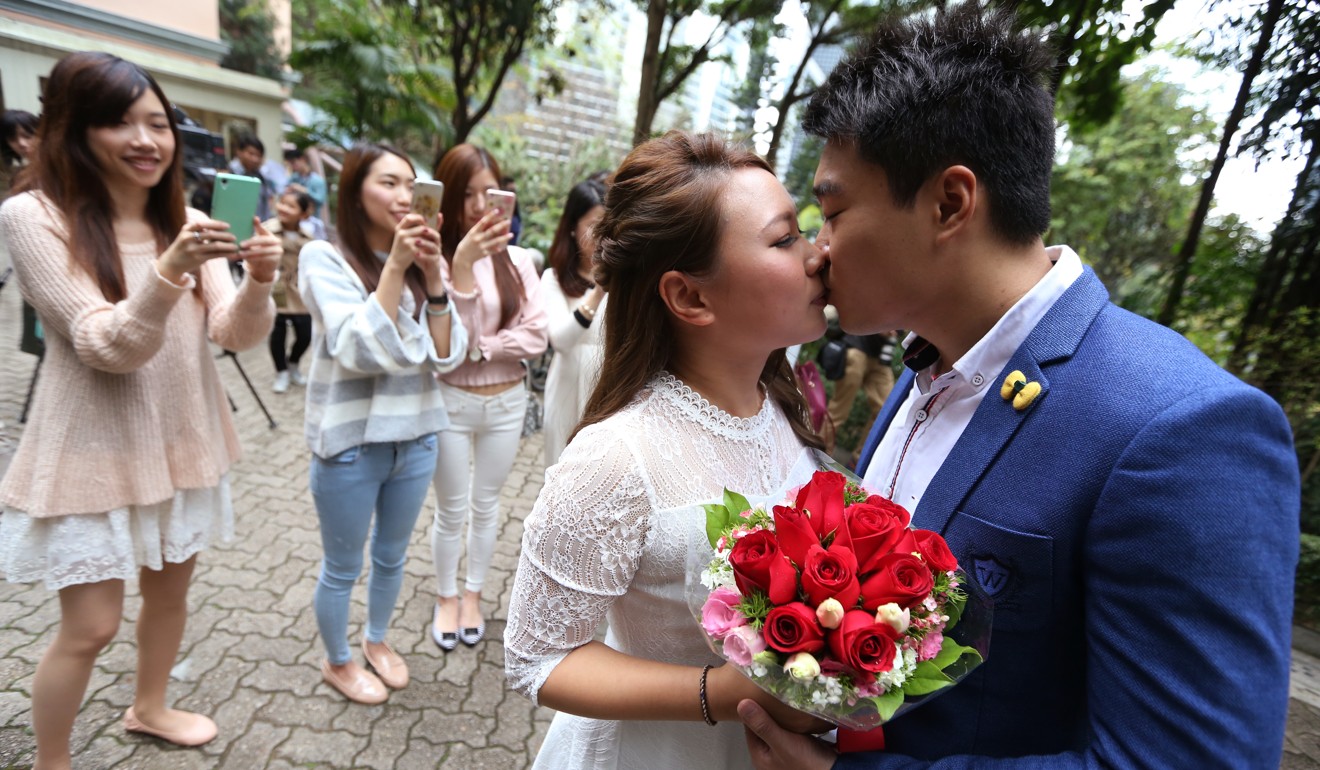
The story of St Valentine
In Europe, the celebration originates from the legends surrounding St Valentine, a priest who was martyred for his Christian faith during the Roman Empire. According to one version of the myth, Valentine was put to death by the Emperor Claudius for performing Christian marriages in secret.
7 luxury gifts to woo the one you love on Valentine’s Day
During his time in prison, he cured his jailer’s daughter of blindness and on the day of his execution sent her a letter that was signed “From Your Valentine”. This enduring myth explains the popularity of the expression to this day, and cemented St Valentine’s reputation as a romantic hero in the Middle Ages and beyond.
Nowadays, it is far more common to celebrate Valentine’s Day with gifts of chocolate, bouquets, indulgent restaurant meals and hotel retreats.
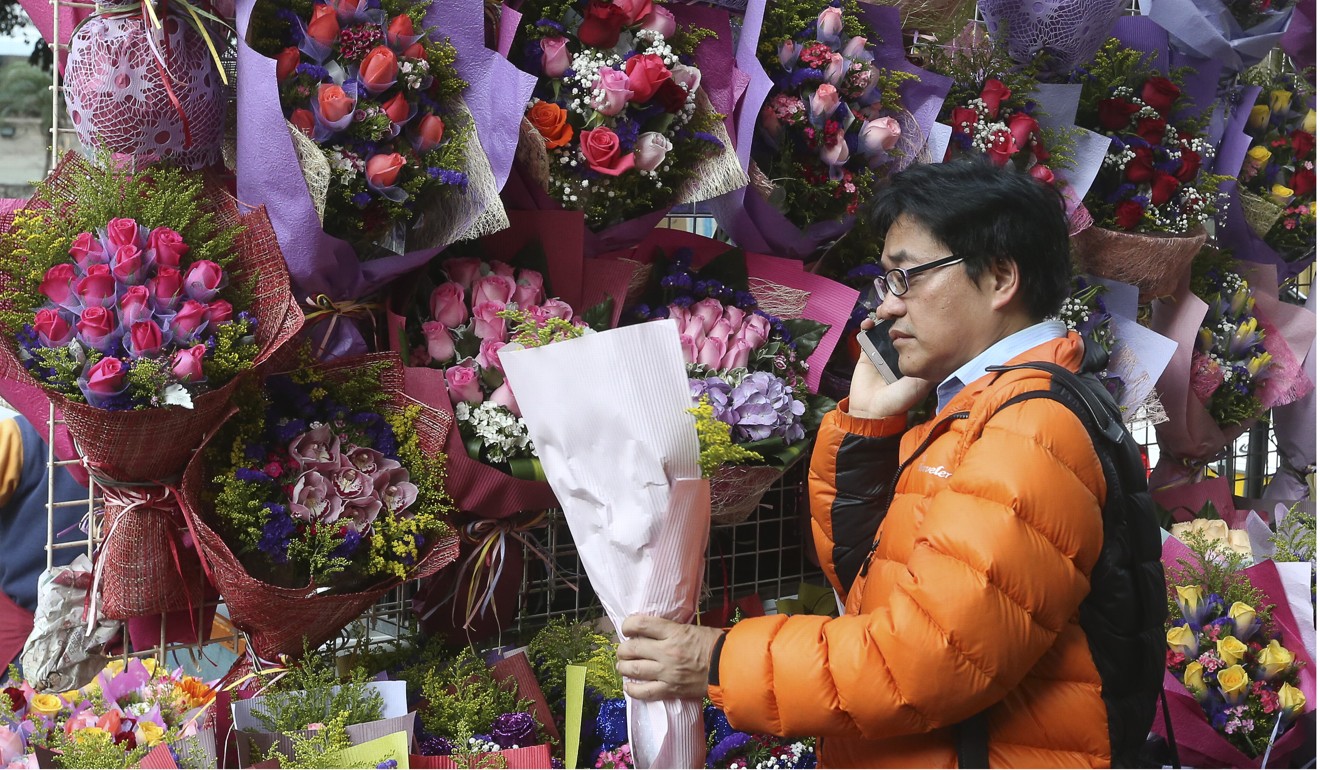
The cowherd and the weaver girl
The Chinese equivalent of Valentine’s Day also has more than 2,000 years of tradition behind it. Named Qixi, the festival takes place on the seventh day of the seventh lunar month, which means that it falls on a different day each calendar year.
Sexy Valentine’s dishes to get you in the mood
The celebration originates from a Chinese romantic legend, in which a poor cowherd falls in love with a goddess known for her weaving ability. When the affair is discovered by the Queen of Heaven (who is also the goddess’ mother), the girl is snatched up to heaven and forcibly separated from her lover by the creation of a “silver river” – the Milky Way.
From then on, the lovers could only be reunited for one day a year through a magical bridge to heaven formed by a flock of magpies.
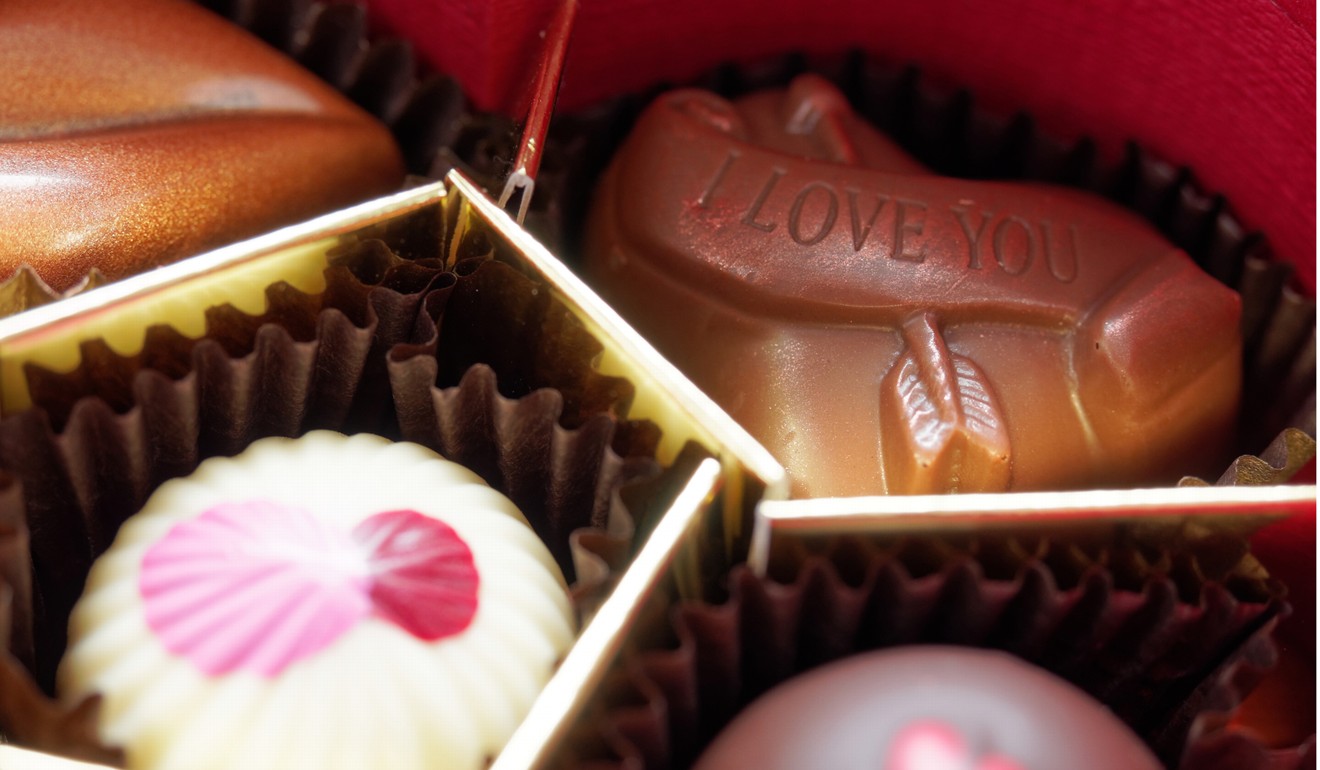
How do Chinese people celebrate Qixi?
There is a staggering variety of folk rituals used to celebrate the occasion across China, many of which have come to symbolise fertility and luck in finding true love.
Young unmarried girls commonly make offerings to the weaver goddess using items such as ripe fruits, tea, flowers and even make-up.
5 apps and websites that will put a fun spin on your Valentine’s Day
Women would traditionally demonstrate their needlework skills, hoping that the goddess would bless them with dexterity and an ideal husband. The latter was especially important since arranged marriage was the norm in feudal China.
More unusual ways of marking the occasion include divining the futures of young girls using a needle placed on top of water, or trapping a spider in a small box overnight. If the needle sank, the girl was considered not ready for a good husband; if the spider spun a complex web, that would supposedly bless the girl with more domestic skills.
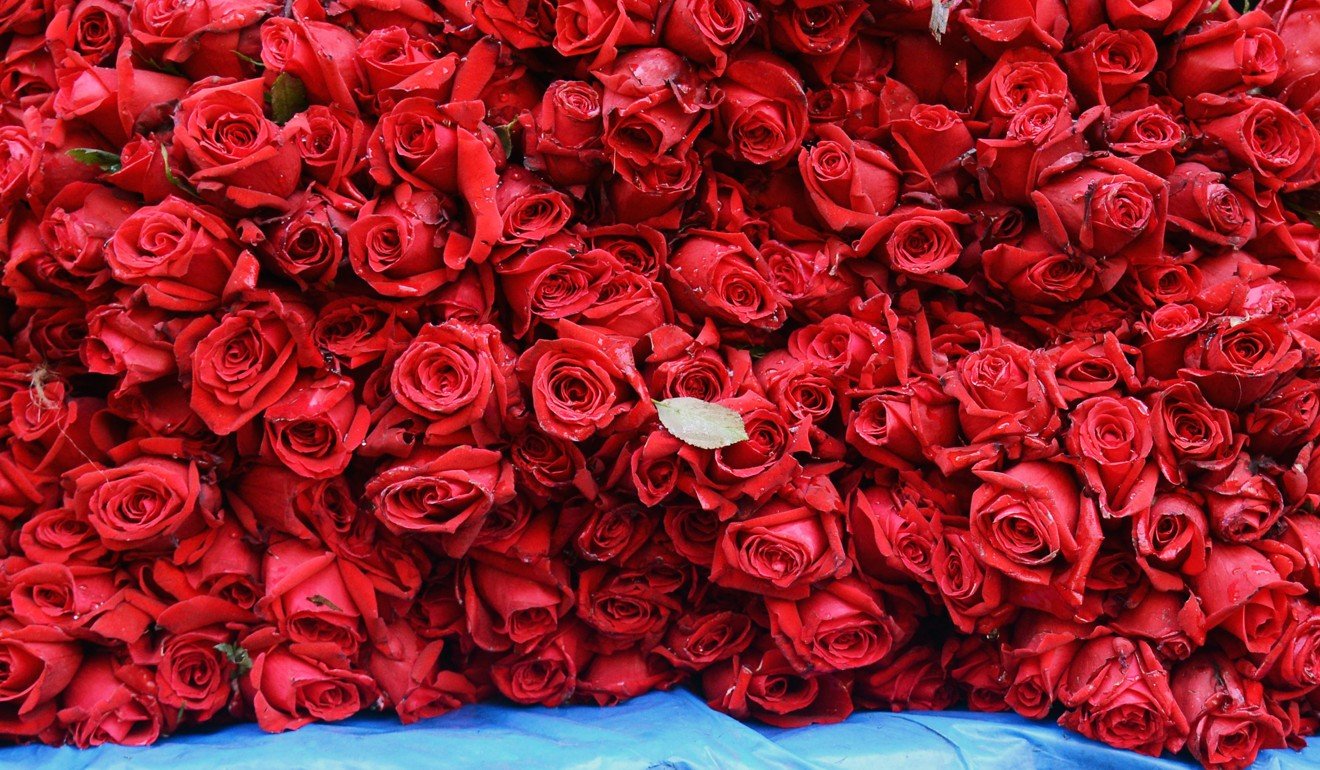
Dew, symbolising the divine tears of the lovers at their reunion, would also be collected in basins and applied to the hands and eyes of young girls to bestow wisdom and dexterity.
Girls would also wash their hair with fresh spring or river water on the day of the festival in order to bring them more beauty and intelligence.
Top Valentine’s Day gifts fit for both men and women
In rural areas of China, oxen are commonly honoured with garlands of wild flowers hung on their horns as a nod to the cowherd in the legend.
However, these folk traditions are gradually disappearing in urban China in favour of the more conventional ways that people spend the Western Valentine’s Day.
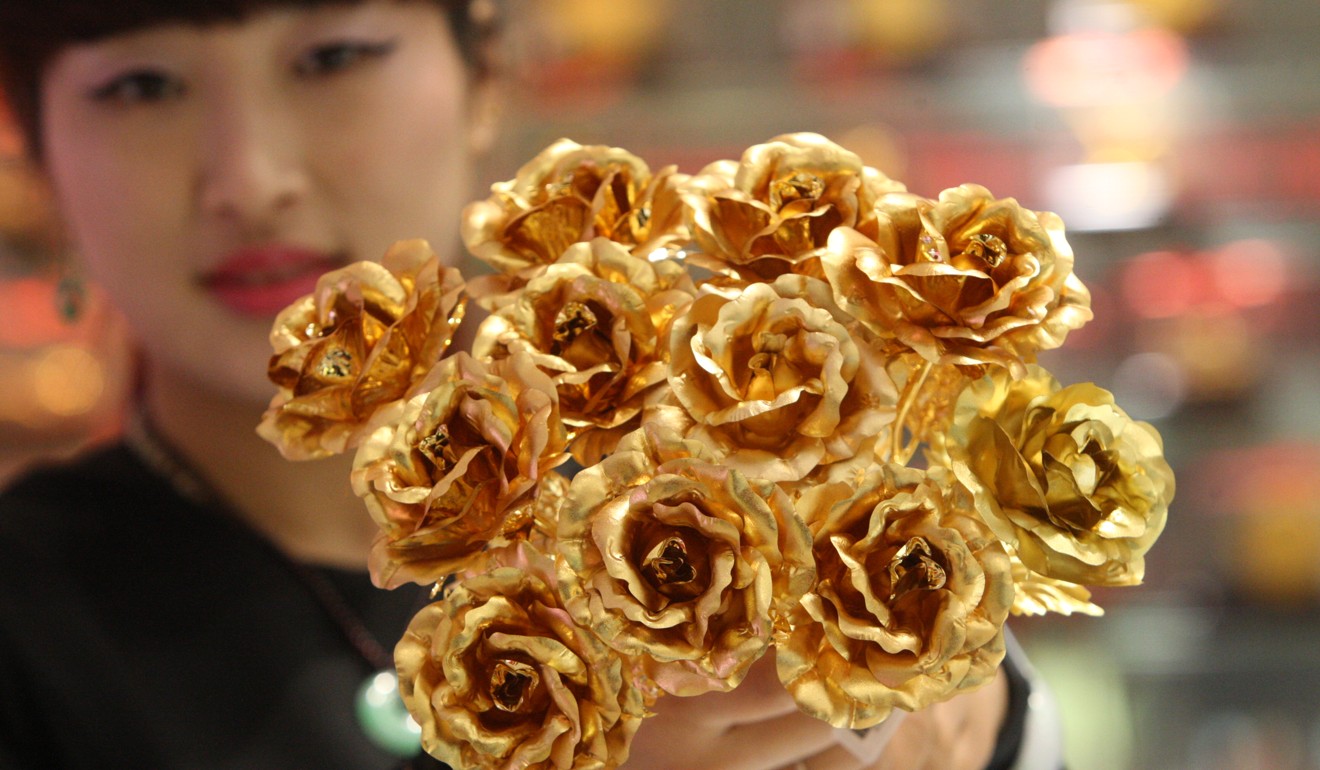
Traditional Chinese wedding customs
Traditional Chinese weddings often involve a lot of pre-planning: an auspicious date must be chosen by consulting a Chinese astrologer or fortune-teller, and the groom will normally offer a set of betrothal gifts and a dowry to the bride’s family up to three months before the actual wedding ceremony.
Diamonds are a girl’s best friend: especially on Valentine’s Day
Common choices for betrothal gifts include red envelopes (lai see) filled with money, a roast suckling pig, food items in pairs (such as wine, fruits and dried seafood), bedding and gold jewellery.
A few days before the wedding, a new bed will be installed in the couple’s new marital bedroom, complete with red bed linen symbolising luck. A plate full of lotus seeds, red dates, persimmons and two red envelopes is then placed on the bed, which is left pristine until after the wedding. In this way, the bed installing ceremony is believed to bring happiness and fertility to the marital union.
Watch: understanding the Qixi festival, China’s version of Valentine’s Day
On the big day, a large procession of guests and family members will travel with the groom on his journey to collect the bride, accompanied by firecrackers and musicians. Upon arriving at the bride’s home, the groom must take part in hazing rituals to prove his “worth” – these can range from having mild pranks played on him to performing dangerous stunts.
Once the bridesmaids and friends are satisfied, the bride will be carried back to the groom’s house in a sedan chair lavishly decorated in red. The wedding ceremony will then take place at the groom’s family home, involving ancestor worship and a formal tea ceremony for the newlyweds to pay respects to their parents.
Meet your Valentine on a Hong Kong matchmaking run – it’s speed dating with a difference
Afterwards, a wedding banquet is served to relatives and guests. These can often stretch to nine or 10 courses, including expensive dishes such as shark fin, abalone, lobster and sea cucumber.
Watch: Valentine’s Day advice from Hongkongers
Regional Chinese wedding customs
Red is the ubiquitous colour worn by the bride and groom at most Chinese weddings, but following Cantonese tradition, the bride may wear a highly embroidered red silk dress with images of a phoenix and a dragon. In particular, this represents the divine union of the two most revered mythical Chinese creatures. A whole roasted suckling pig is also a highly prized gift to the bridegroom’s family because it is thought to symbolise the bride’s virginity.
Valentine’s Day meal recipe: rack of lamb with peppercorns, and chocolate cake with double cream and raspberries
In Hokkien (Fujianese) families, common betrothal gifts include pig trotters, silver coins and a spittoon filled with rice sweets, dates and lotus seeds symbolising harmony and fertility. Sugar cane is also traditionally gifted in the bridal dowry or tied to the doorpost of the newlyweds’ marital home for protection.
Chiuchow (Chaozhou) wedding customs heavily feature the giving of four pieces of gold jewellery (si dian jin) from the groom’s family to the bride during the formal tea ceremony.

